#duchess of galliera
Text
𝙲𝚑𝚘𝚌𝚘𝚕𝚊𝚝𝚎 𝚌𝚊𝚛𝚍𝚜 𝚘𝚏 𝚁𝚘𝚢𝚊𝚕 𝚠𝚘𝚖𝚎𝚗 👑✨🍫
(𝙿𝚊𝚛𝚝 𝟸 𝚘𝚞𝚝 𝚘𝚏 𝟺)
~~~~~~~~~~~~~~~~~~~~~~~~~~~~~~~~~~~~~~~~~~~~~~~

Queen Sophia of Greece, née Princess Sophia of Prussia.
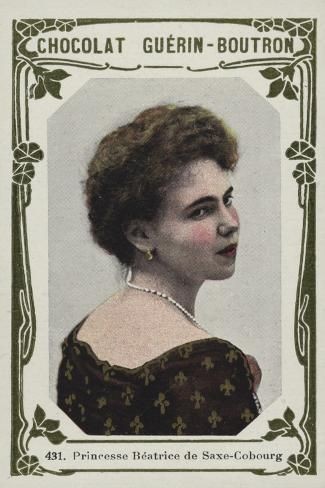
Princess Beatrice, Duchess of Galliera, née Princess Beatrice of Edinburgh.
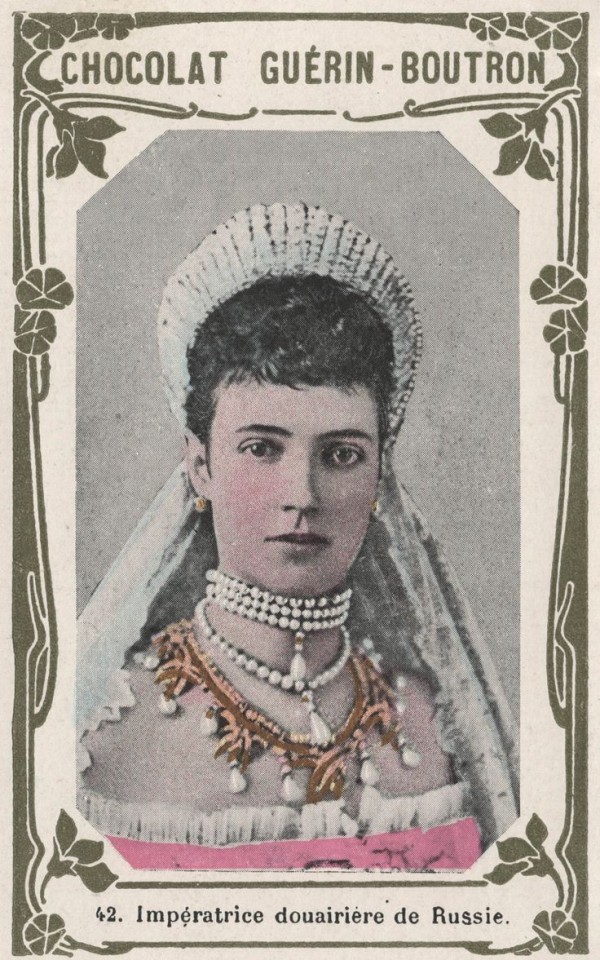
Empress Maria Feodorovna, née Princess Dagmar of Denmark.

Queen Marie of Romania, née Princess Marie of Edinburgh.
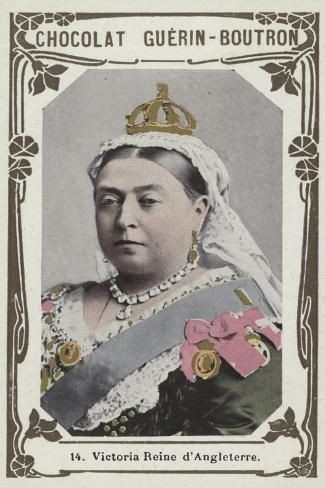
Queen Victoria, née Princess Alexandrina Victoria of Kent.
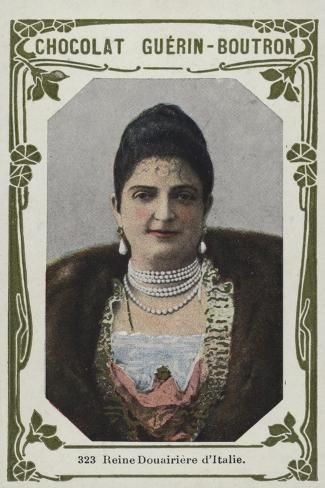
Queen Margherita of Italy, née Princess Margherita of Savoy.
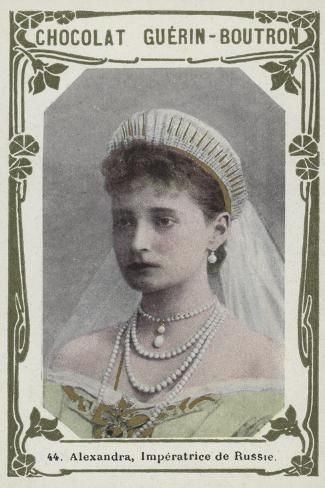
Empress Alexandra Feodorovna, née Princess Alix of Hesse.

Princess Louise of Schaumburg-Lippe, née Princess Louise of Denmark.
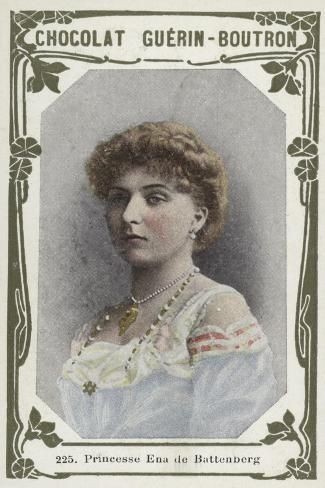
Queen Victoria Eugenie of Spain, née Princess Victoria Eugenie of Battenberg.
#queen sophia of greece#princess sophia of prussia#princess beatrice of edinburgh#duchess of galliera#empress maria feodorovna#dagmar of denmark#queen marie of romania#princess marie of edinburgh#queen victoria#queen margherita of italy#margherita of savoy#empress alexandra feodorovna#alix of hesse#princess louise of denmark#princess louise of schaumburg-lippe#queen victoria eugenie of spain#princess victoria eugenie of battenberg#chocolate cards
16 notes
·
View notes
Text
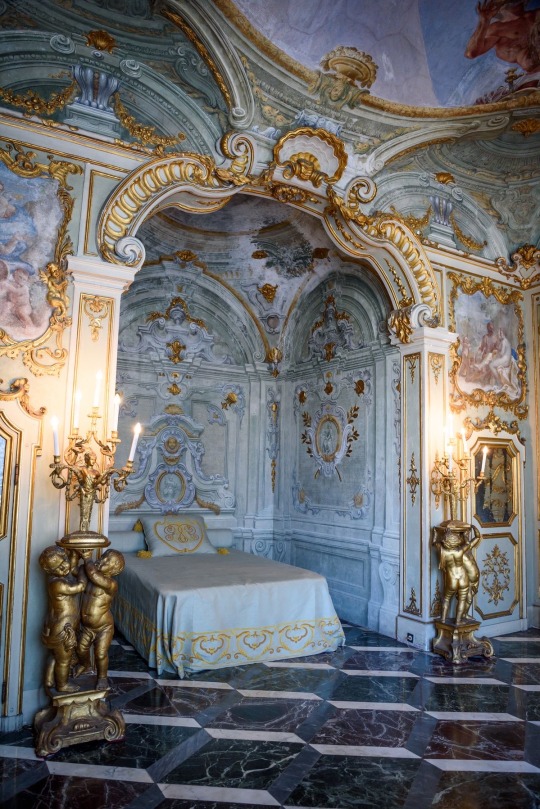


#palace#interior#palazzo rosso#genoa#italy#northern italy#europe#european#architecture#genoese#brignole sale family#duchess of galliera#art#marble
20 notes
·
View notes
Text
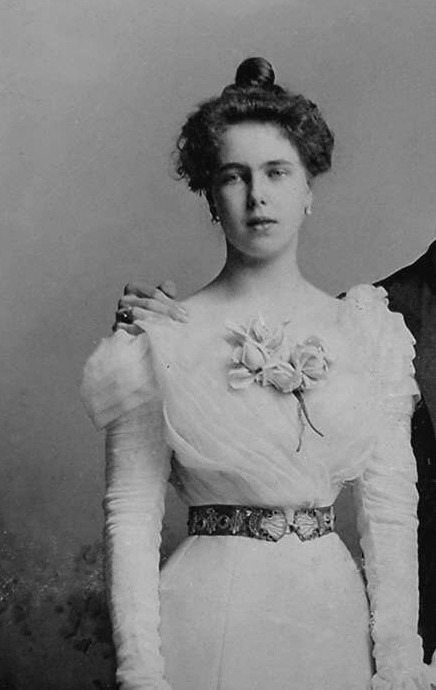
Princess Beatrice of Edinburgh and Saxe-Coburg and Gotha (later Duchess of Galliera), 1890s.
4 notes
·
View notes
Photo

Queen Marie of Romania and youngest sister, Princess Beatrice, Duchess of Galliera
27 notes
·
View notes
Photo





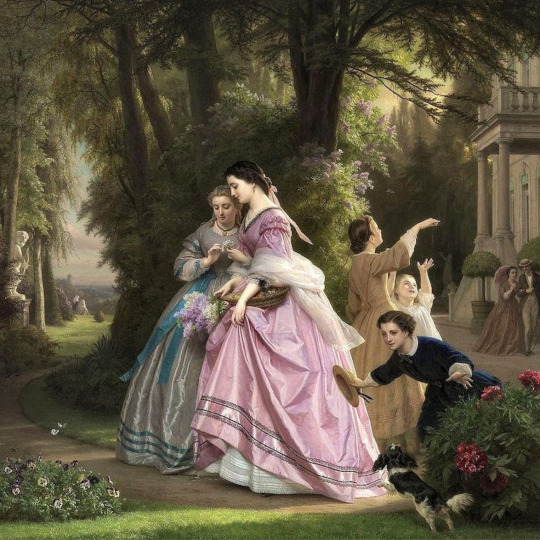

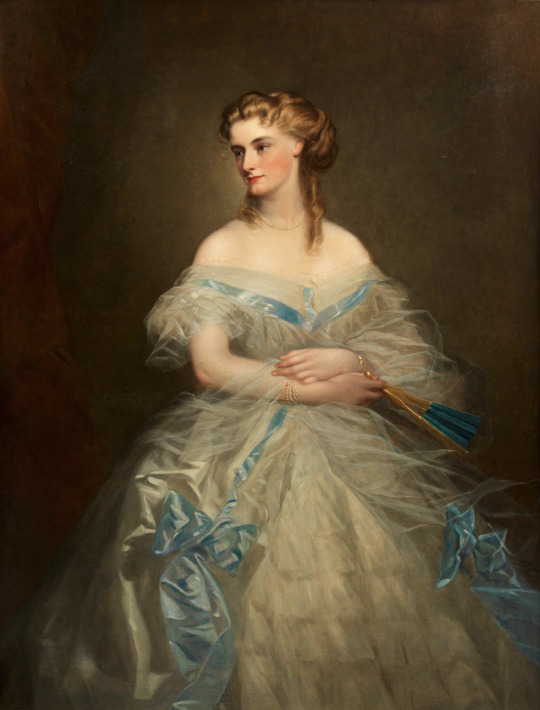

More 1860s dress (from top to bottom) - the first and last images show the straight coiffures at the beginning of the decade. Hair could be worn wavy, curly, or even frizzyby the end of the decade.
1862 Jenny Lind by Eduard Magnus (location ?). From Wikimedia.
1864 Princess S Stroganova by Konstantin Makovsky (location ?). From twitter.com/artist_makovsky/status/1249486620992159746/photo/1 1746X2576.
ca. 1864 Mrs. Oppenheim by William Powell Frith (private collection). From theebonswan.blogspot.com/2016/04/mrs-oppenheim-ca-1864.html?view=magazine 1024X1252.
ca. 1864 Robe a ��té portée par la Duchesse de Cadore by ? (Galliera musée de la Mode de la Ville de Paris - Paris France) Photo - P. Ladet and C. Pignol front quarter and back quarter 3692X2438.
1866 Lady in a Blue Dress by August Ferdinand Hopfgarten (auctioned by Dorotheum). From their Web site 2773X3668.
1867 He Loves Me He Loves Me Not by Joseph-Laurent Dyckmans (Royal Museum of Fine Arts - Antwerp, Belgium). From etsy.com/shop/CountryTownGirl?ref=simple-shop-header-name&listing_id=989350172; cropped and removed print with Photoshop 1525X1525@94 838k.
1868 Luise Limbach by Conrad Freyberg (Braunschweigisches Landesmuseum). From theebonswan.blogspot.com/2019/09/luise-limbach-1868.html?view=magazine 2316X2848.
Lady Robert Caulfield by follower of Franz Xaver Winterhalter (auctioned by Bonhams). From their Web site 2707X3559.
1860s Unknown woman with girl by Ivan Makarov (location ?). From godsandfoolishgrandeur.blogspot.com/2016/03/women-and-children-most-portraits-by.html 750X1058.
#1860s fashion#early Victorian fashion#Second Empire fashion#Jenny Lind#Eduard Magnus#modesty piece#off shoulder straight neckline#floral headdress#wrap#Sophie Stroganova#Konstantin Makovsky#high neckline#banana sleeves#parasol#Mrs. Oppenheim#William Powell Frith#curly hair#sheer over-bodice#waist band#crinoline#summer dress#Duchesse de Cadore#mantlet#scoop neckline#natural waistline#flounces#August Ferdinand Hopfgarten#braided hair#hair flowers#lace collar
28 notes
·
View notes
Text

“Robes de Jour" de Jacques Fath en satin de Duchesse noir et en crêpe de laine et taffetas de soie moiré noir (circa 1952-54) et "Robe" de Jacques Fath en taffetas de soie, tulle de soie et tissu de soie façonnée, bordés de guipures de coton noir (circa 1948) présentées à l'exposition “Azzedine Alaïa , Couturier Collectionneur” au Palais Galliera, décembre 2023.
2 notes
·
View notes
Note
Hello, archduchessofnowhere here. I had a question related to the divorce and I thought you may know about it. Auguste and Eugène seemed actually worried about the future of their children during this time, which made me wonder, what was exactly the state of their daughters in those years? Did they had a title or... Anything at all? Was there a guarantee for them in case the whole crown of Italy thing fell through?
Ooohh! This is an excellent question, thank you so much! 💖 May I elaborate a little further and also include the mother? Because Auguste's situation in early 1810 was almost equally unclear.
Just as a general rule: nobility titles in Napoleon's empire have a somewhat different meaning than in a traditional monarchy. Most often, they are little more than names - and often "noms de guerre", like in case of many marshals whose titles refer to important battles they had won under Napoleon's instruction (he did not hand out titles for battles that had taken place without his supervision). Another marshal, Soult, was "Duc de Dalmatie", Duke of Dalmatia - a region that he had never set a foot in. In a similar way, Eugène was at some point made "Prince of Venice". This however did not give him any particular rights on or in Venice. It was really just a name.
So, under Napoleon's rule, having or not having a title of nobility was to some degree just a matter of vanity and not of actual importance. In truth, it could become a real financial burden, as the title usually was connected to a "majorat", i.e., a certain mass of land and money holdings that had to pass on to the heir in its entirety if the son was to inherit the title. Few of Napoleon's nobles had an income that allowed them to maintain such vast estates without difficulty.
But I digress already.

First of all, both girls were “imperial princesses”. That was the only really important thing; they belonged to Napoleon’s closer family circle (even if he had only seen little Joséphine once). Auguste at some point feared she would have to send the girls to Paris when they were seven, in order to be brought up at court; her sister-in-law calmed her nerves by assuring her that this was only true for boys (like Hortense’s own sons) and that the emperor didn’t care at all about daughters.
Little Joséphine, Eugène's older daughter, had received the title of "Princesse de Bologne" in the year she was born (attributed to her on 20 Decembre 1807, according to the Archives de France, and in the final days of the empire, she would briefly become a "Duchesse de Galliera" in addition to that). Bologna was an important city in the Kingdom of Italy her father administered in Napoleon's name, so Eugène's daughter receiving this title in the eyes of the Italians must have strengthened their impression that this was indeed their future royal family. (Or maybe Napoleon just tried to sweeten the disappointment that it had "only" been a girl.)
I am unaware of any similar titles for the second daughter Eugénie, or of any other financial arrangements being made for their future, but I admit I never studied this much. It would not surprise me, however, if Napoleon really had neglected to care much about these two girls who, technically, were his (adoptive) grand-daughters. At the end of 1808, when Eugénie was born, Napoleon's plans had already changed drastically, and surely did not include a Kingdom of Italy under the rule of a Beauharnais.
However, for their mother there was no clear plan for what would happen in the event of Eugène's death either. You have probably read in Adalbert’s biography that the marriage contract between Eugène and Auguste (that of course had been negotiated without them) spoke of the duchy of Parma and Piacenza as her widow’s provision. But there was a problem: By 1808, this duchy had ceased to exist, and the territory had been annexed to France.
I don't think anyone had any illusions about the extent to which Napoleon would hand this territory back now that he had it in his clutches. 😁 Before the “divorce”, however, nobody had paid much attention to that; it was just implied that Eugène would one day be king of Italy, and that one day the Kingdom of Italy would be responsible for the alimentation of its widowed queen.
All of which went out the window as soon as Napoleon withdrew Eugène's status of heir presumptive.
Eugène’s situation remained unclear for several weeks even after Napoleon had given Joséphine the boot. There were some vague plans for a new “principality of Raab” at first (which would probably have been just as unprofitable as most of the territories Napoleon gobbled together for his nobles), but then Napoleon settled for the “grand duchy of Frankfurt” as Eugène’s inheritance.
Just for comparison: The Kingdom of Italy had six million inhabitans. The grand duchy of Frankfurt had 600,000. And Auguste did not like it. As her husband later often said, somewhat apologetically: “She is a princesse. She was taught to consider that kind of things important.” - So please make sure I bring back home something to make her happy. I don’t want to sleep on the couch!
But when we speak about ladies whose financial security was left to chance, we could just as well look at the girl’s grandmother, at empress Joséphine herself. The French constitution said that the emperor would take measures to ensure her alimentation in case she became a widow. Except he never had. That’s what made the negotiations with Eugène - that I so would have loved to overhear - necessary in the first place. If I am not very much mistaken, the only thing Joséphine had in writing were the regulations from her marriage contract in March 1796. Which granted her a pension of 1,500 Francs in case of a separation.
A pension that, for Josephine, might just have lasted until dinnertime on the first day of that separation. 😁 So, in a way the “divorce” negotiations for her went pretty well. Technically, Napoleon could have kicked her out without a penny.
Thanks again for the question, and sorry if I babbled on too much! I’m always so excited to talk about Eugène!
32 notes
·
View notes
Text
Emdt Historical Tournament
Duel 7
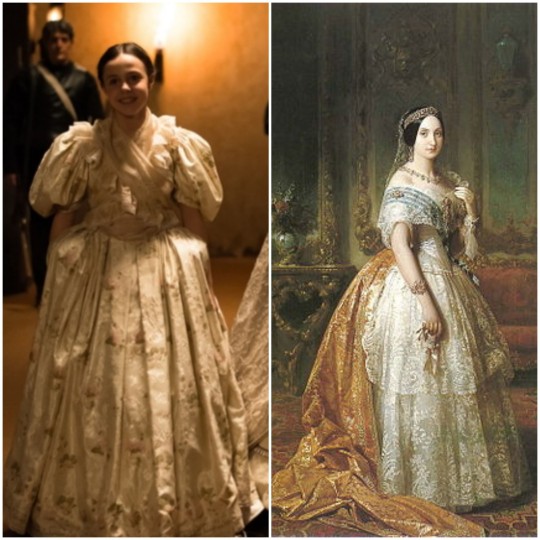

Character 1
Complete name: María Luisa Fernanda de Borbón y Borbón-Dos Sicilias (Madrid, January 30, 1832 - Seville, February 2, 1897)
Status/Proffesion/Charge: Infanta of Spain, Duchess of Montpensier and Galliera, Princess of Orleans
Actress: Celine Peña
Episodes: 1×07, Tiempo de venganza
4×07, Pretérito Imperfecto
Character 2
Complete name: Enriqueta Martí Ripoll "La Vampira del Raval" (San Feliú de Llobregat, February 2, 1868 – Barcelona, May 12, 1913)
Status/Proffesion/Charge: Medicaster, prostitute, pimp and serial killer (allegedly)
Actress: María Rodríguez
Episodes: 2×06, Tiempo de magia
2×09, Óleo sobre tiempo
2×10, Separadas por el tiempo
#emdt historical tournament#emdt#duel 7#el ministerio del tiempo#maría luisa fernanda de borbón#enriqueta martí#emdt polls#celine peña#maría rodríguez
3 notes
·
View notes
Text
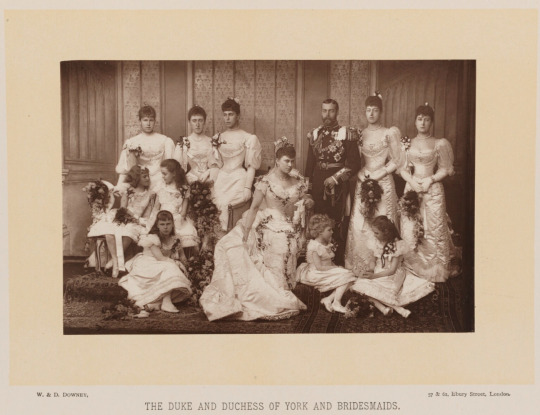
'The Duke and Duchess of York and Bridesmaids' by W. & D. Downey, c. 1893, © National Portrait Gallery, London
Standing [L-R] Princess Alexandra of Hohenlohe-Langenburg, Princess Helena Victoria of Schleswig-Holstein, Victoria Melita, Grand Duchess of Russia, King George V, Princess Victoria of Wales, and Maud, Queen of Norway
Sitting [L-R] Princess Alice of Greece and Denmark, Margaret, Crown Princess of Sweden, (sitting on the floor) Princess Beatrice of Edinburgh, Duchess of Galliera, Queen Mary, Victoria Eugenie 'Ena' of Battenberg, Queen of Spain, and Princess Patricia of Connaught, later Lady Patricia Ramsay
19 notes
·
View notes
Text

Queen Marie of Romania and youngest sister, Princess Beatrice, Duchess of Galliera
source: theodorflorin
3 notes
·
View notes
Text



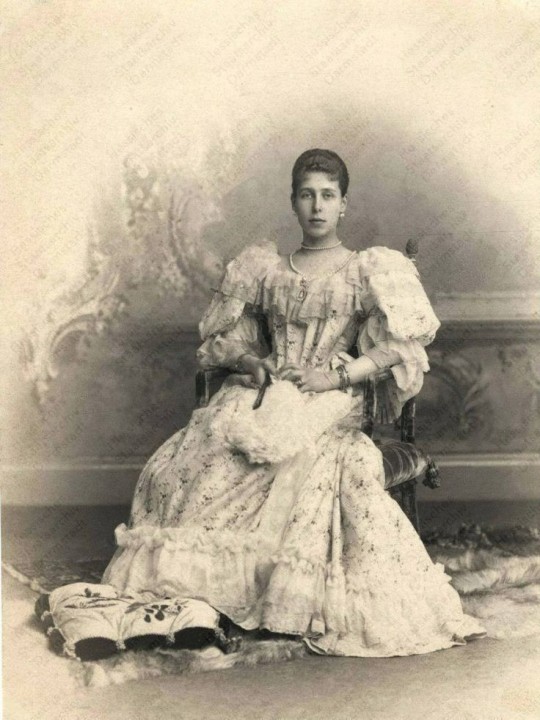

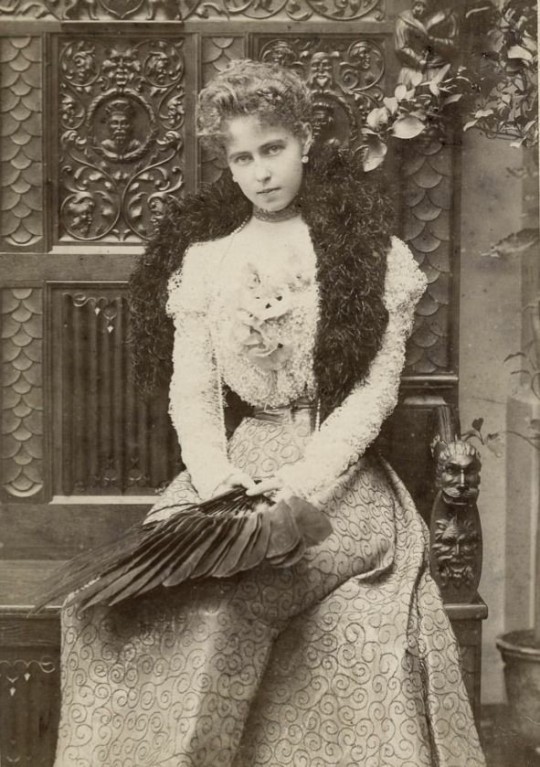

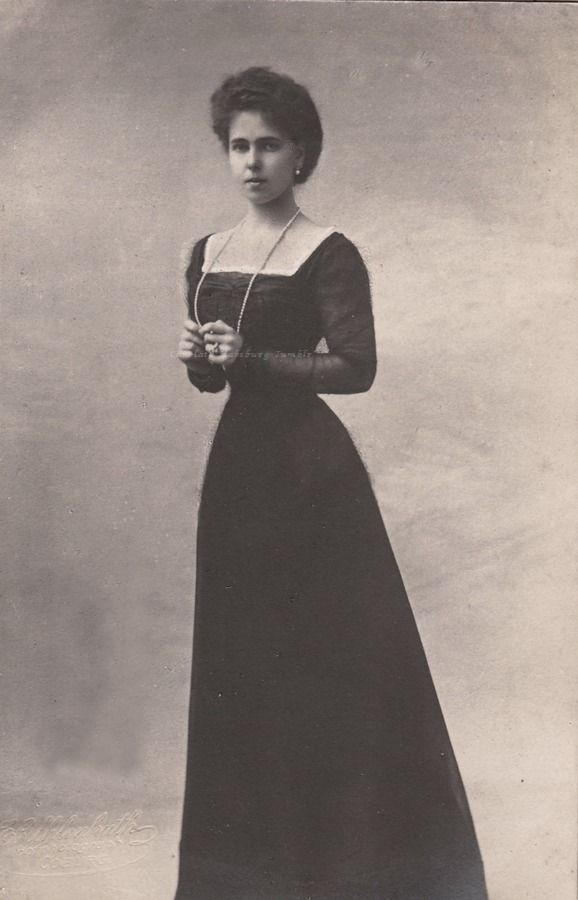
#my polls#queen marie of romania#princess marie of edinburgh#princess victoria melita#victoria feodorovna#princess alexandra of edinburgh#princess alexandra of hohenlohe-langenburg#princess beatrice of edinburgh#duchess of galliera#edinburgh sisters
9 notes
·
View notes
Text
The Musée de la Mode de la Ville de Paris
Officially named the Palais Galliera–Musée de la Mode de la Ville de Paris, this incredible fashion museum owes its existence to the Duchesse de Galliera, once the wealthiest woman in France. In 1878 she began building a Renaissance-style mansion to house her treasured art collection. What happened next would change everything for her. Here’s the rest of the story of how this Renaissance-inspired…
View On WordPress
0 notes
Text
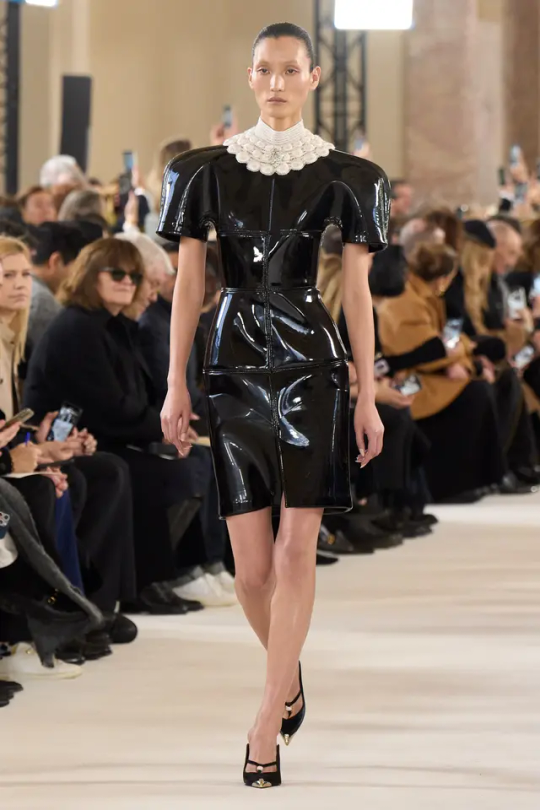
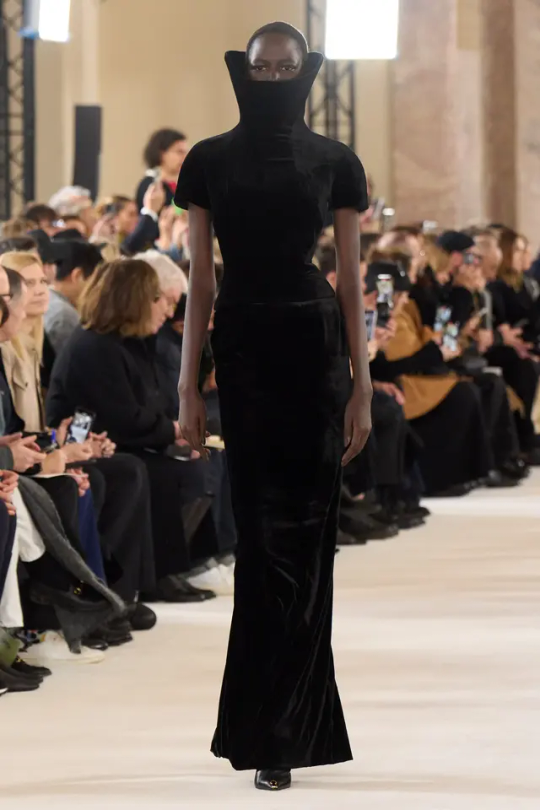



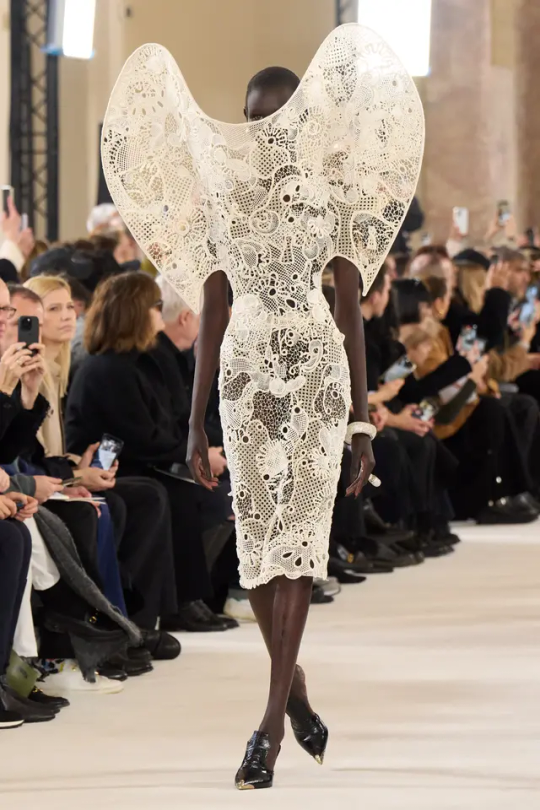
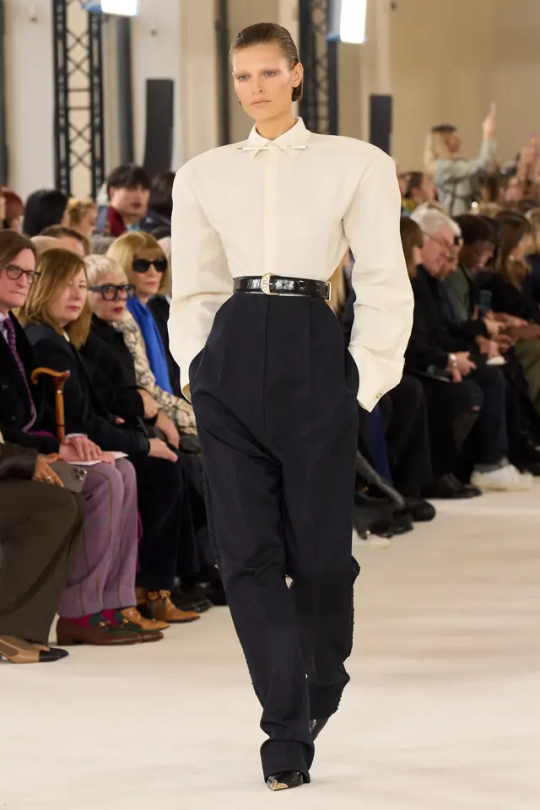
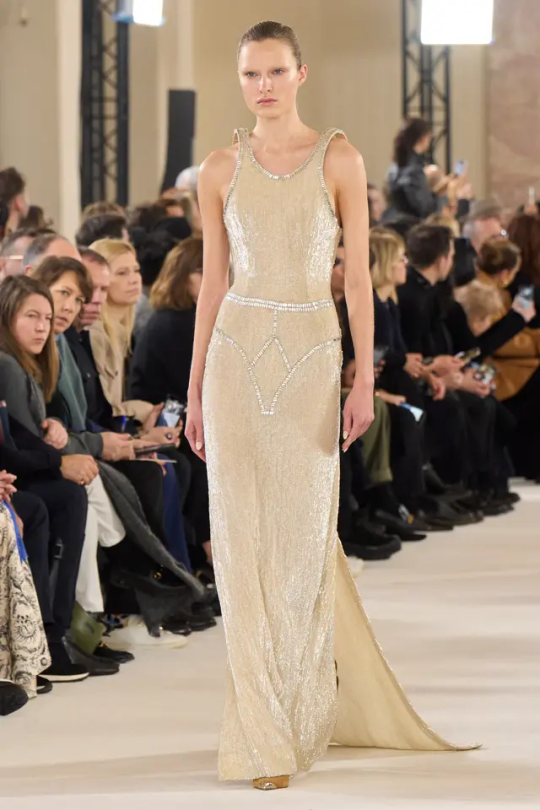
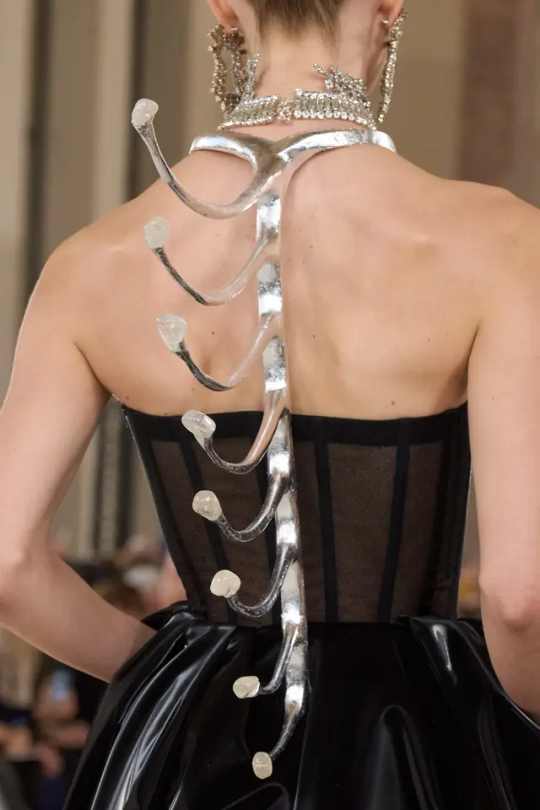
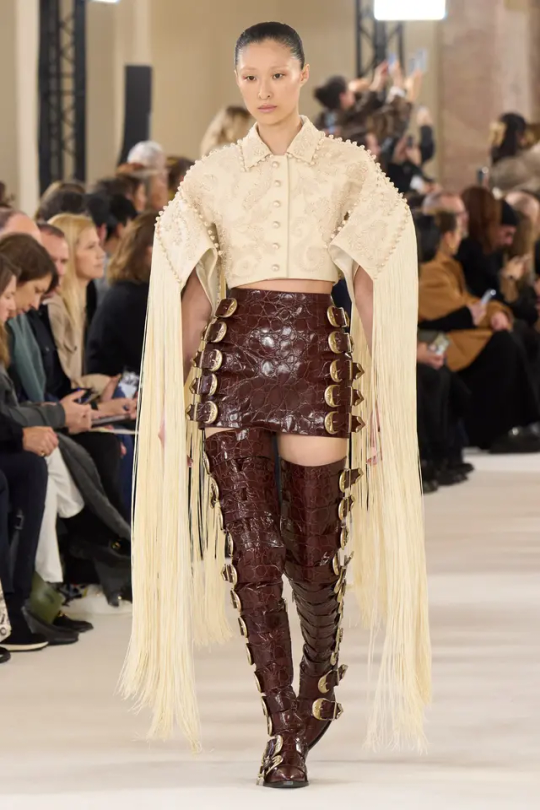
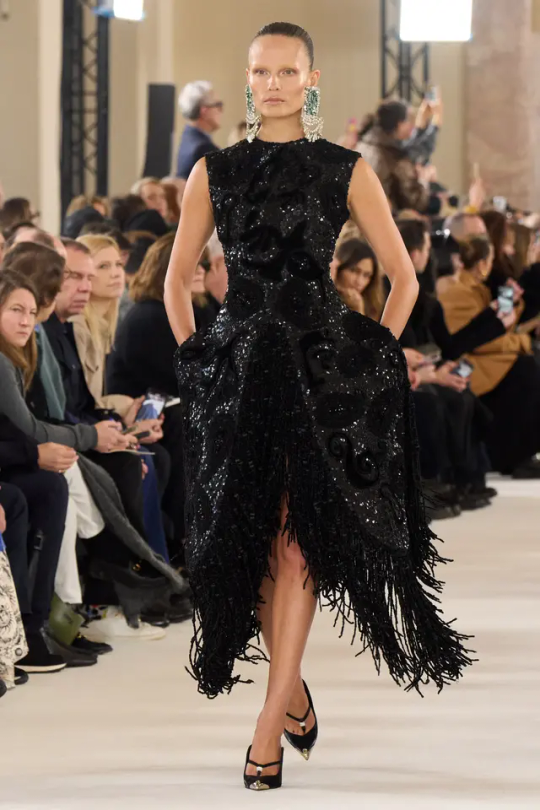
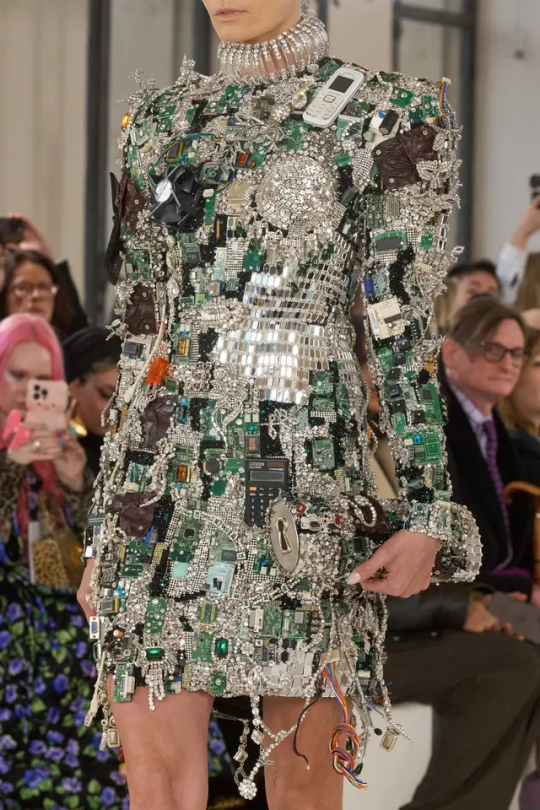
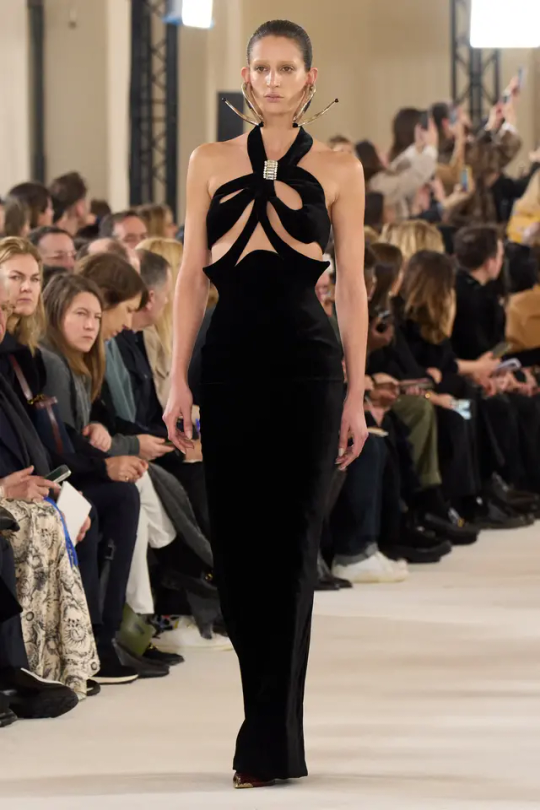


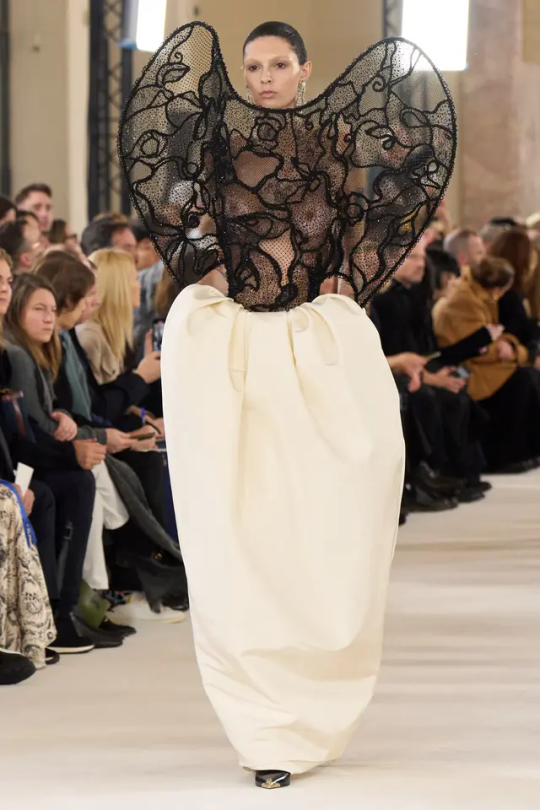
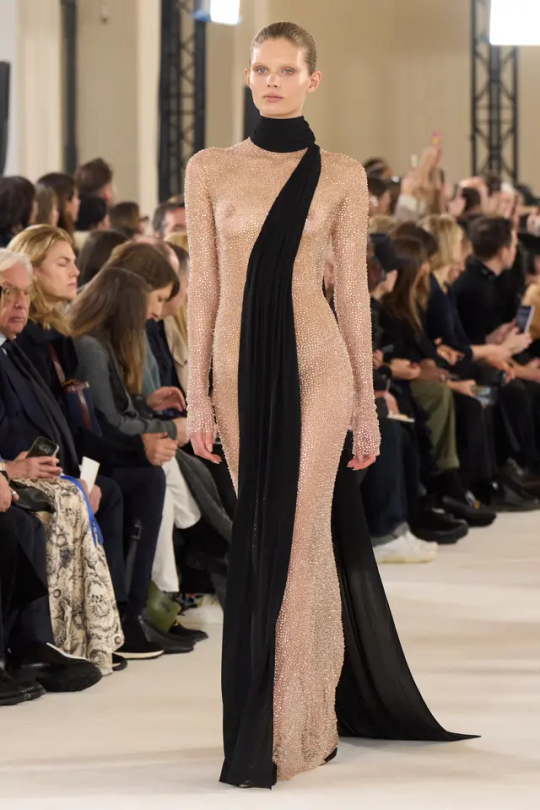
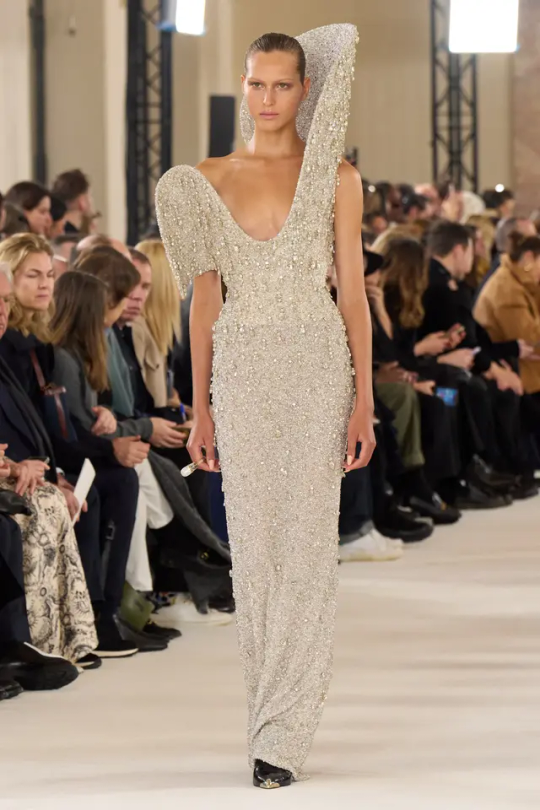

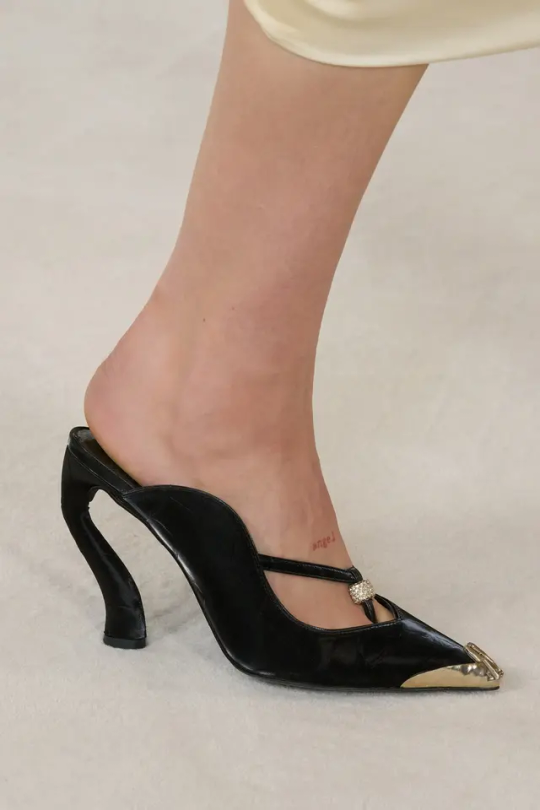

youtube
Schiaparelli Spring 2024 Couture
From Sarah Mower's review for Vogue:
It was a case of back to the future, then—a meld of retro technology, classic sci-fi movies, and references to the grand haute couturiers of the past and Roseberry’s Texan upbringing. There were exoskeleton dresses and an entire 3D spine inspired by both Elsa Schiaparelli’s radical 1938 skeleton dress and Giger aliens from the Alien movie series. Silver-tipped Western belt buckles formed a corset and bristled up over the arched sleeves of a biker jacket and along the flanks of a pair of jeans. A heavily embroidered, sculptural black velvet cape was paired with casually belted sandy suede pants. “Dressage braids” inspired the knots on a cream leather suit that nearly looked like it could have been a space uniform from NASA.
Maggie Maurer, nestling a robot baby on her hip, was wearing a white singlet and conceptual couture cargo pants—Roseberry’s tribute to Sigourney Weaver as Ripley. “I’ve watched the Alien series, like, six times,” he said. His robot-woman dress and the baby were glittering constructs of nostalgic tech elements like defunct electronic motherboards, CDs, flip phones, mirrors, and gems—“all things that I grew up with that now seem as antiquated as Charles James!” the designer said.
Haute couture is the last handmade bastion of fashion that still exists, the place where extreme fantasias can manifest because of human skills. Roseberry leaned strongly into that. An equal part of his couture research was looking at the wonders of Cristóbal Balenciaga (the capes, the volumes) and Yves Saint Laurent (the black cropped tribute jacket with white sequined lapels), which Azzedine Alaïa collected and are currently exhibited at the Palais Galliera. Roseberry didn’t neglect to design a segment of gowns with an eye to the awards season, a duchesse satin balloon dress outstanding among them. But maybe there was a final comment from him on the value of hands-on human creativity versus AI to be read in the most normal-looking outfit on the runway. It was a pencil threaded through the collar of a white shirt. “It’s from our studio,” he smiled.
1 note
·
View note
Photo
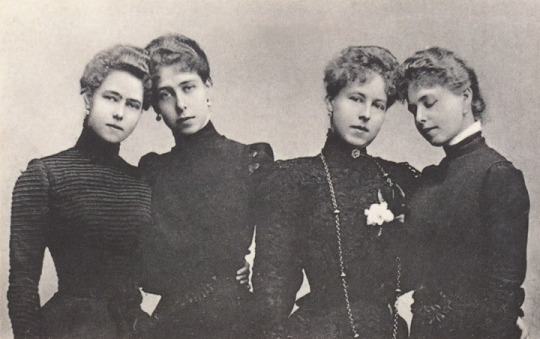
The Princesses of Edinburgh. The daughters of Prince Alfred and Grand Duchess Maria Alexandrovna, Duke and Duchess of Edinburgh and later Saxe-Coburg & Gotha.
From left to right:
Princess Beatrice, Duchess of Galliera;
Princess Victoria Melita, Grand Duchess of Hesse and by Rhine [1894-1901] and later Grand Duchess Victoria Feodorovna [1905-1936];
Princess Alexandra, Princess consort of Hohenlohe-Langenburg; and,
Queen Marie of Romania.
#princess of edinburgh#queen marie#regina maria#queen marie of romania#duchess of galliera#princess beatrice of edinburgh#princess victoria melita#grand duchess of hesse#grand duchess victoria feodorovna#victoria feodorovna#gd victoria feodorovna#princess alexandra of edinburgh#princess of hohenlohe-langenburg#saxe-coburg and gotha#edinburgh#hohenzollern-sigmaringen#romanov#hesse and by rhine#Orléans-Galliera#orleans-galliera#sisters#victorian era
48 notes
·
View notes
Photo
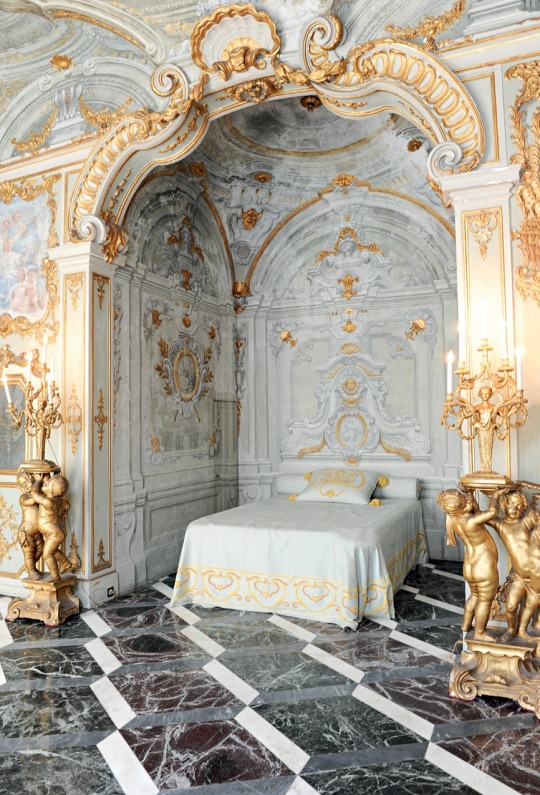
The apartments of the Duchess of Galliera, Palazzo Rosso, Genoa, Italy
#art#interior design#design#Architecture#bedroom#apartment#palazzo#palace#palazzo rosso#genoa#italy#duchess of galliera#luxury lifestyle#luxury house
6K notes
·
View notes
Text
Images of 1913 Fashion -
Left 1913 (August) Juliette Rudy in dress by Buzenet, Les Modes, Les Modes - photo by Félix. From les-modes.tumblr.com/page/17 730X1920.
Center 1913 (August) Juliette Rudy in ensemble by Buzenet, Les Modes, Les Modes - photo by Talbot. From les-modes.tumblr.com/page/17; fixed bigger spots & flaws w Pshop 762X1920.
Right 1913 (August) Les Modes Racing ensembles by Drecoll. From les-modes.tumblr.com/image/146257484044; fixed larger spots w Pshop 1269X1920.

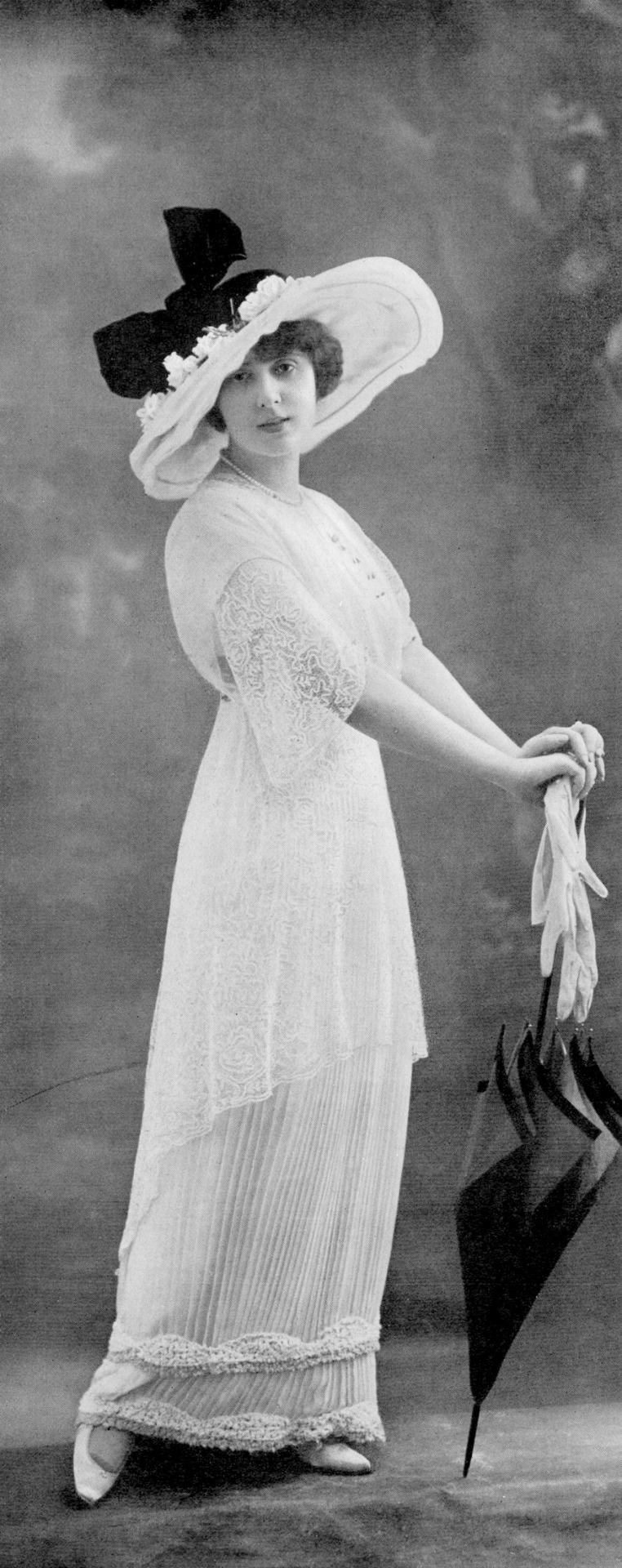

1913 (August) Les Modes Racing ensembles by Drecoll. From les-modes.tumblr.com/image/146257484044; fixed larger spots w Pshop 1269X1920
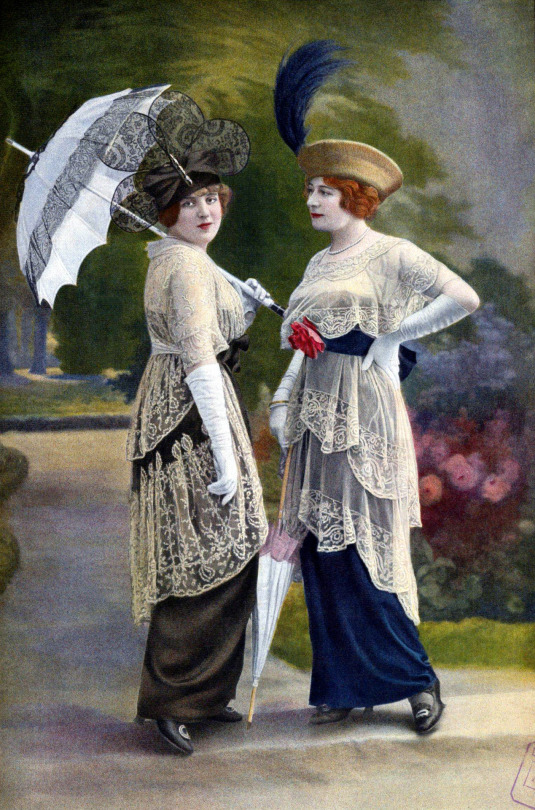
Left 1913 (November) Dress and hat by Jeanne Lanvin, Les Modes - photo by Talbot. From les-modes.tumblr.com/page/10 1280X1882.
Center 1913 (October) Afternoon dress dress by Beer, Les Modes - photo by Félix. From les-modes.tumblr.com/page/9 1024X1920.
Right 1913 (September) Suit by Antoine and Hubert, Les Modes - photo by Félix. From les-modes.tumblr.com/page/10 706X1920.
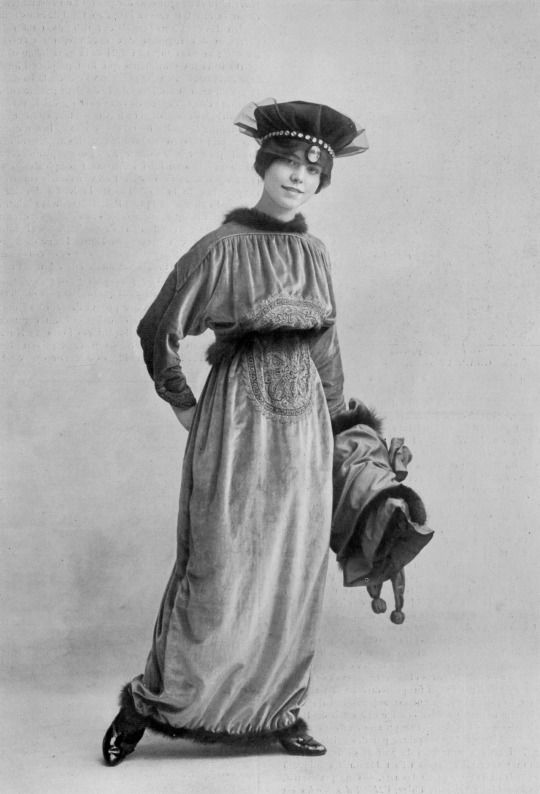

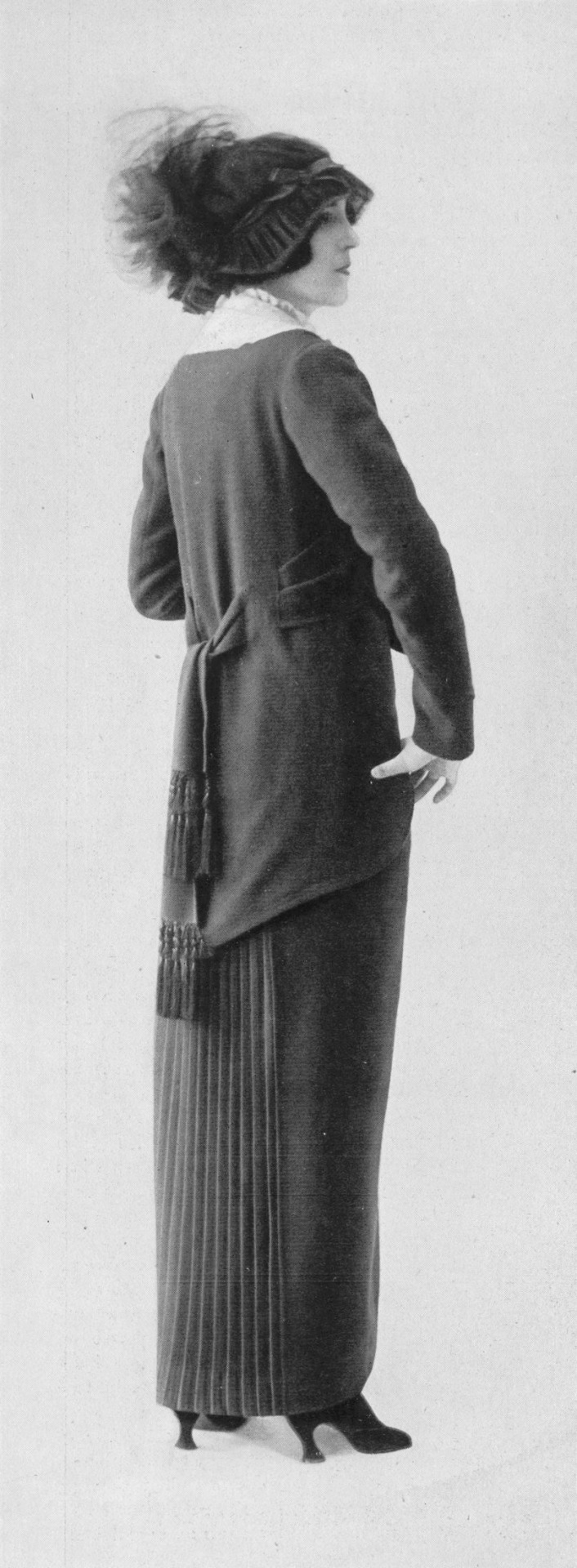
1913 Anne Innes-Ker, Duchess of Roxburghe by Lallie Charles. From Wikimedia 3374X4878.
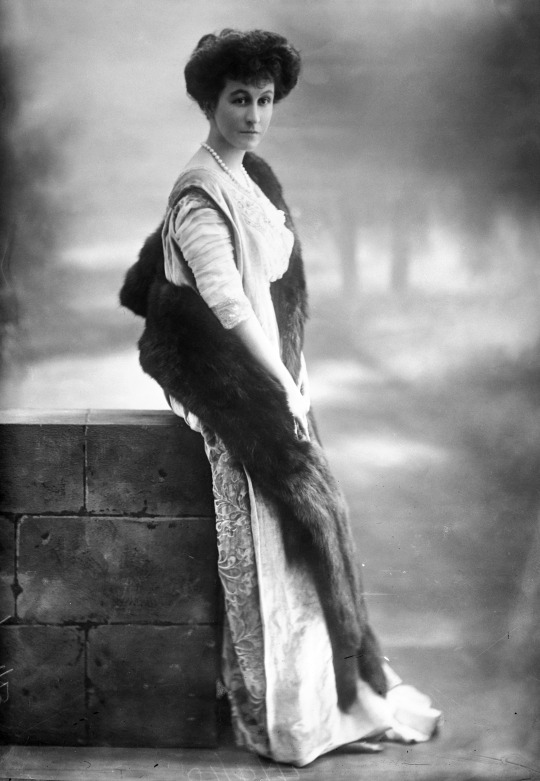
Left 1913 (November) Evening dress by Zimmerman, Les Modes - photo by Félix. From les-modes.tumblr.com/page/10 745X1920.
Right 1913 (October) Evening dress by Beer, Les Modes - photo by Félix. From les-modes.tumblr.com/page/9; fixed bigger spots w Pshop 1280X1890.
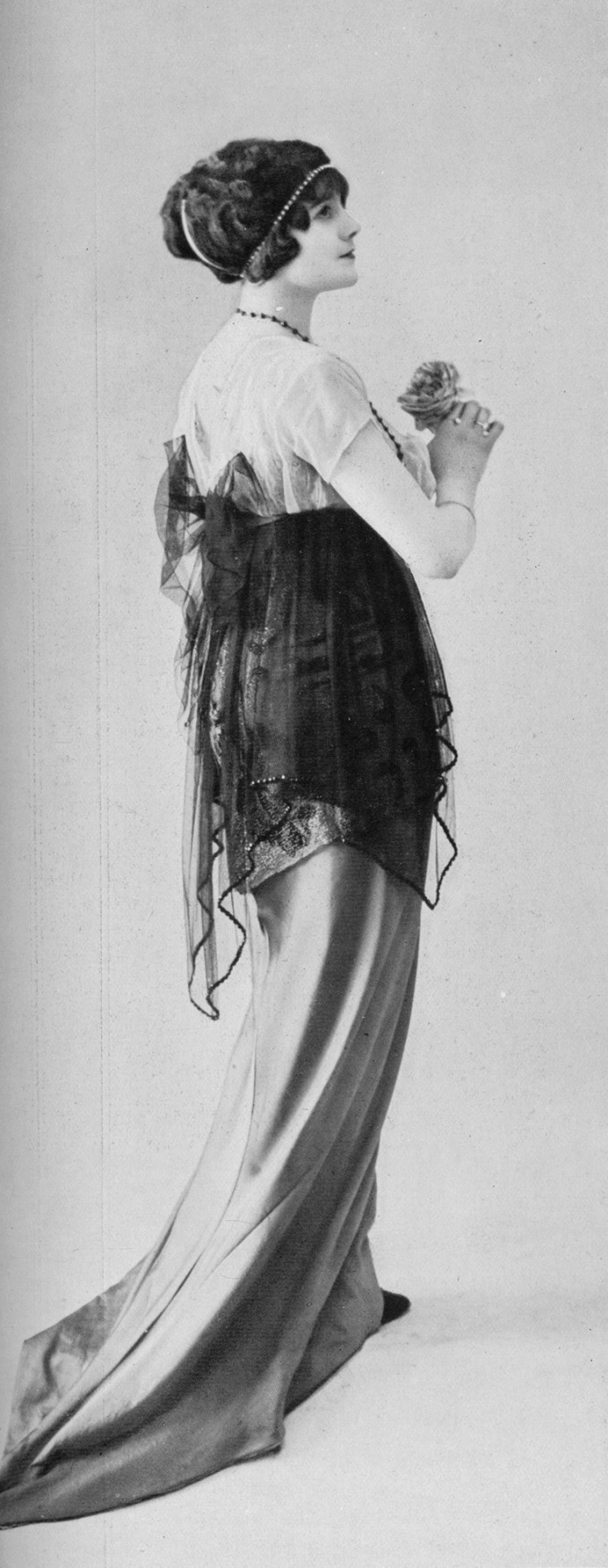

Left 1913 (September) Armand Vallée illustration of Jeanne Lanvin dresses, Les Modes. From les-modes.tumblr.com/page/10 1280X1868.
Right 1913 (February isue) Les Modes Cover - Dress, Mantle and Hair-Ornament by Jeanne Paquin - by Armand Vallée. From tumblr.com/mote-historie/731370297852329984/dress-mantle-and-hair-ornament-by-paquin-1913?source=share& 1961X3000
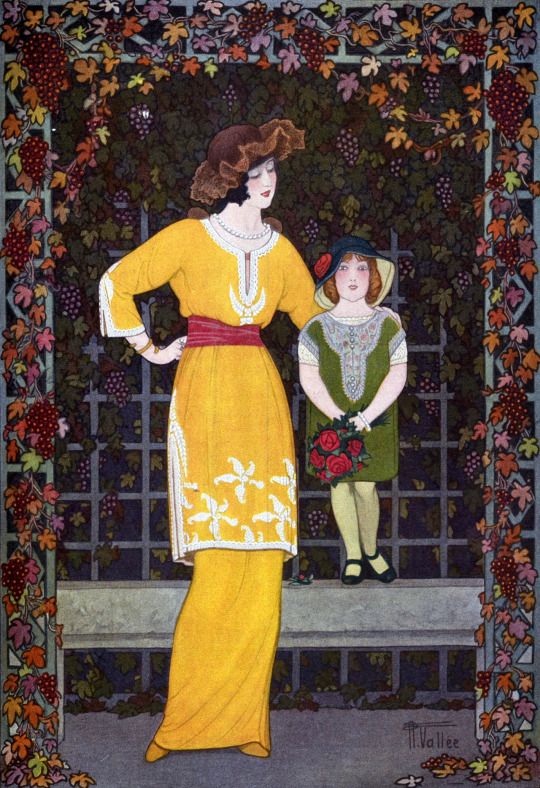

Left 1913 (October) Gaby Deslys in Paquin dress, Les Modes - photo by Talbot. From les-modes.tumblr.com/page/9; fixed biggest spots w Pshop 1280X1891.
Right 1913 (October) Gaby Deslys in Paquin dress and another headdress, Les Modes - photo by Talbot. From les-modes.tumblr.com/page/9; fixed biggest spots w Pshop 1270X1920.
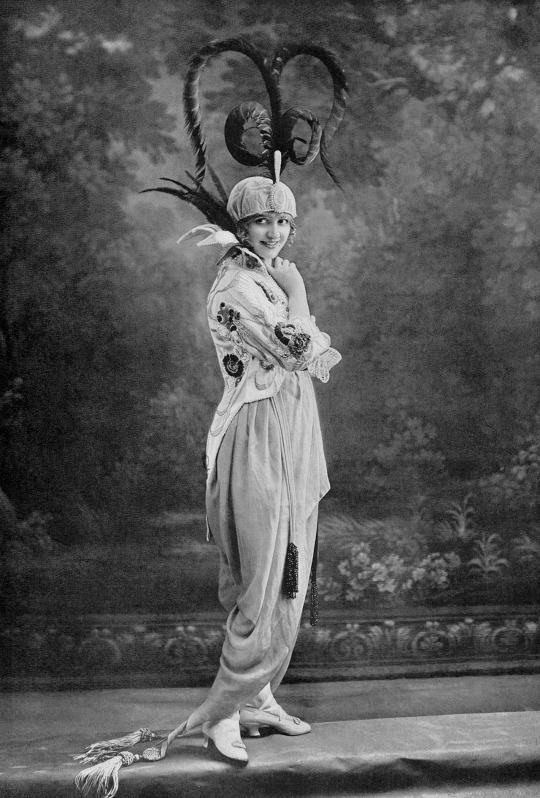

1913 Dress worn by comtesse Greffulhe (Palais Galliera, Musee de la mode de la Ville de Paris - Paris France) photo - Pierre Bulloz. From twonerdyhistorygirls.blogspot.com/2016/12/the-extraordinary-style-of-countess.

1913 Anna de Noailles La condesa Anna de Noailles by Ignacio Zuloaga (Museo de Bellas Artes de Bilbao - Bilbao Spain). From tumblr.com/random-brushstrokes 1398X1080.
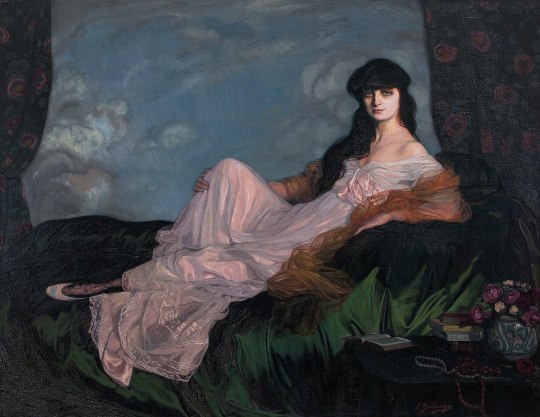
Left 1913 Baroness de Guestre before bas relief sculpture. From the Library of Congress Bain collection 550X899.
Center 1913 Baroness de Guestre climbing stairs (Library of Congress Bain collection). From Wikimedia 1878X2048.
Right 1913 Baroness de Guestre in the garden. From the Library of Congress Bain collection via flickr 553X912.



#1913 fashion#1910s fashion#Belle Époque fashion#Edwardian fashion#Juliette Rudy#Buzenet#Christoph Drecoll#Jeanne Lanvin#Gustave Beer#Antoine and Hubert#Armand Vallée#Talbot photo#Gaby Deslys#Anna de Noailles#Ignacio Zuloaga#Baroness de Guestre#comtesse Greffulhe#Pierre Bulloz#Paquin#Geneviève Lantelme
4 notes
·
View notes